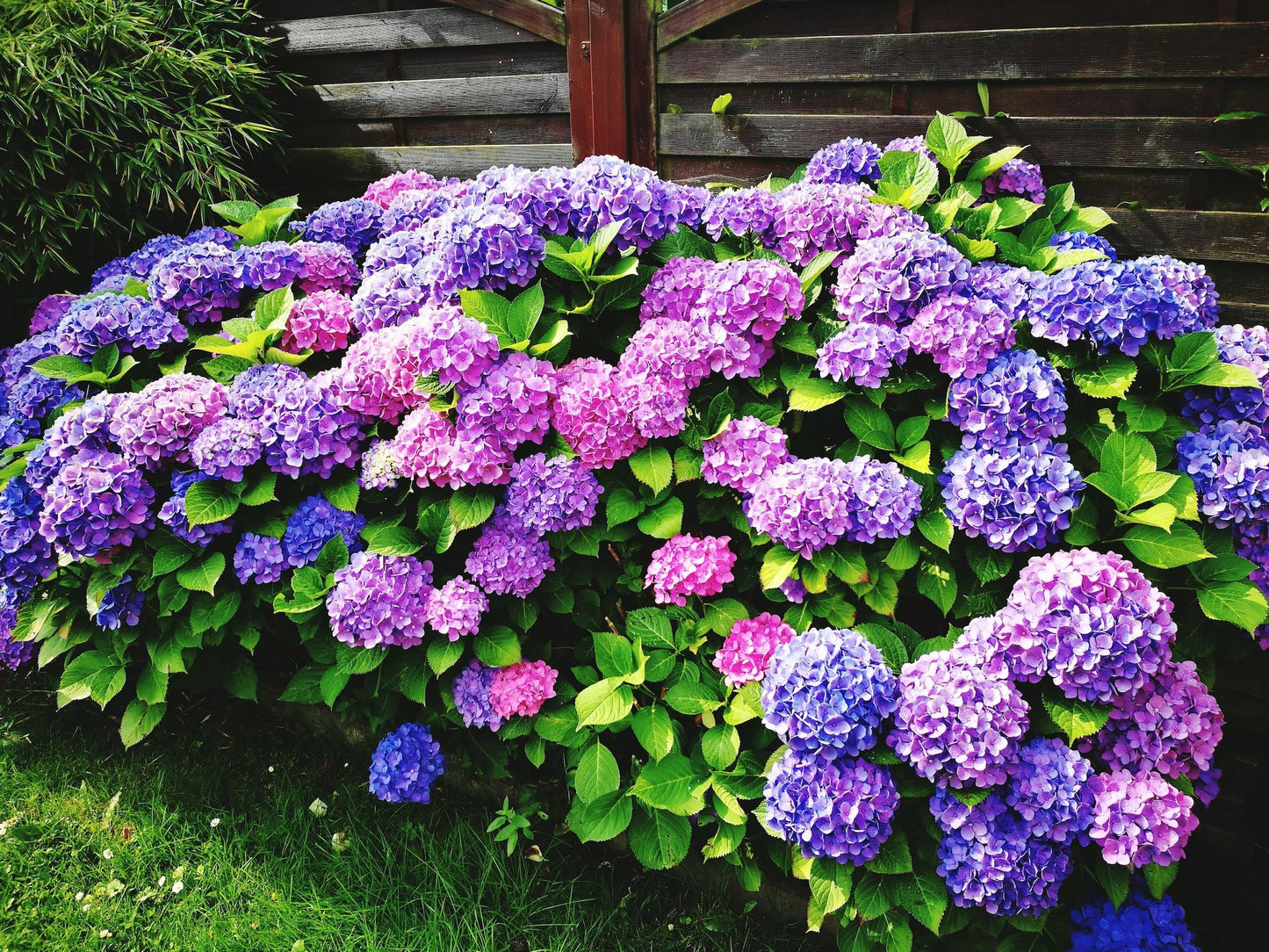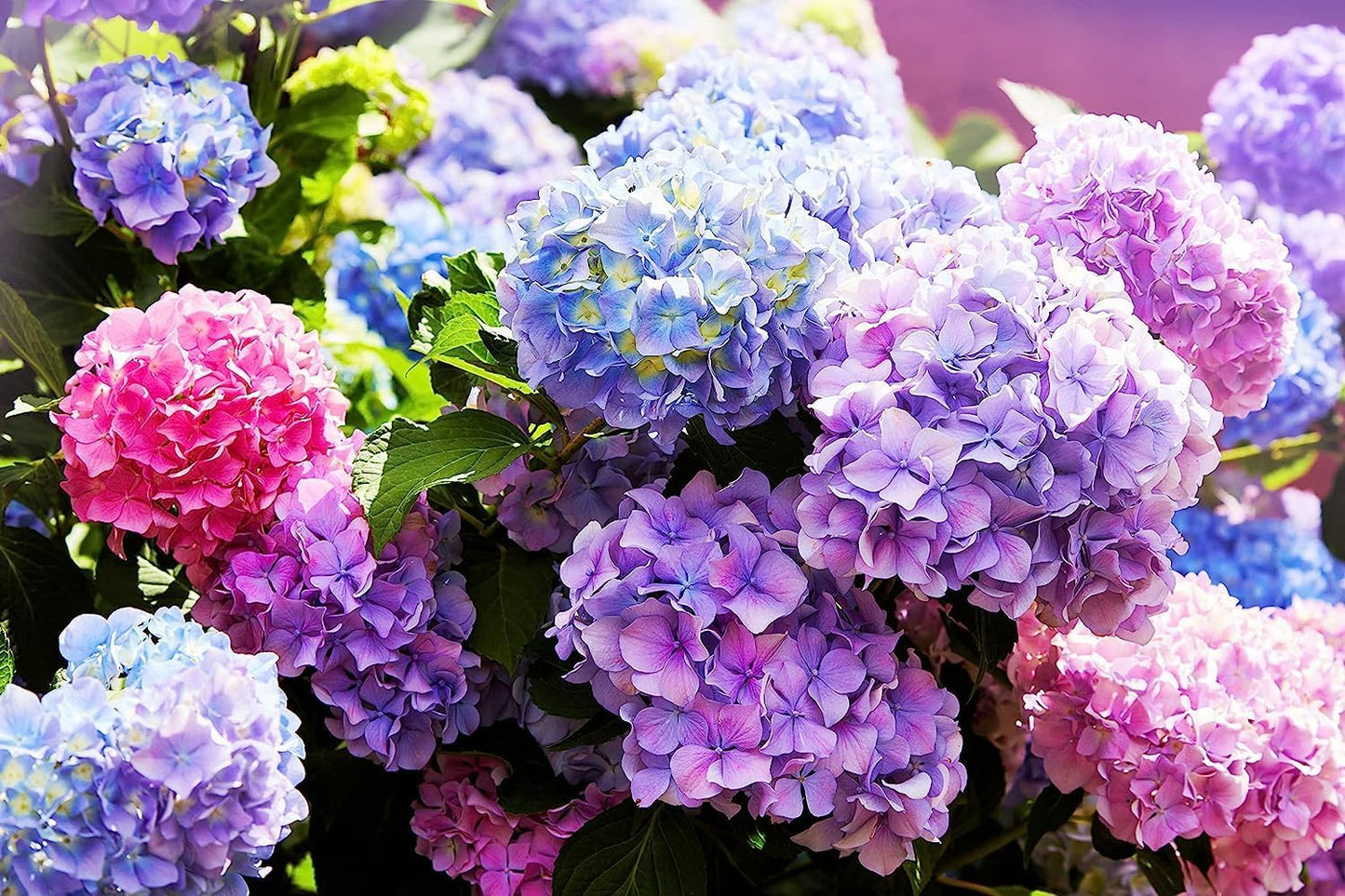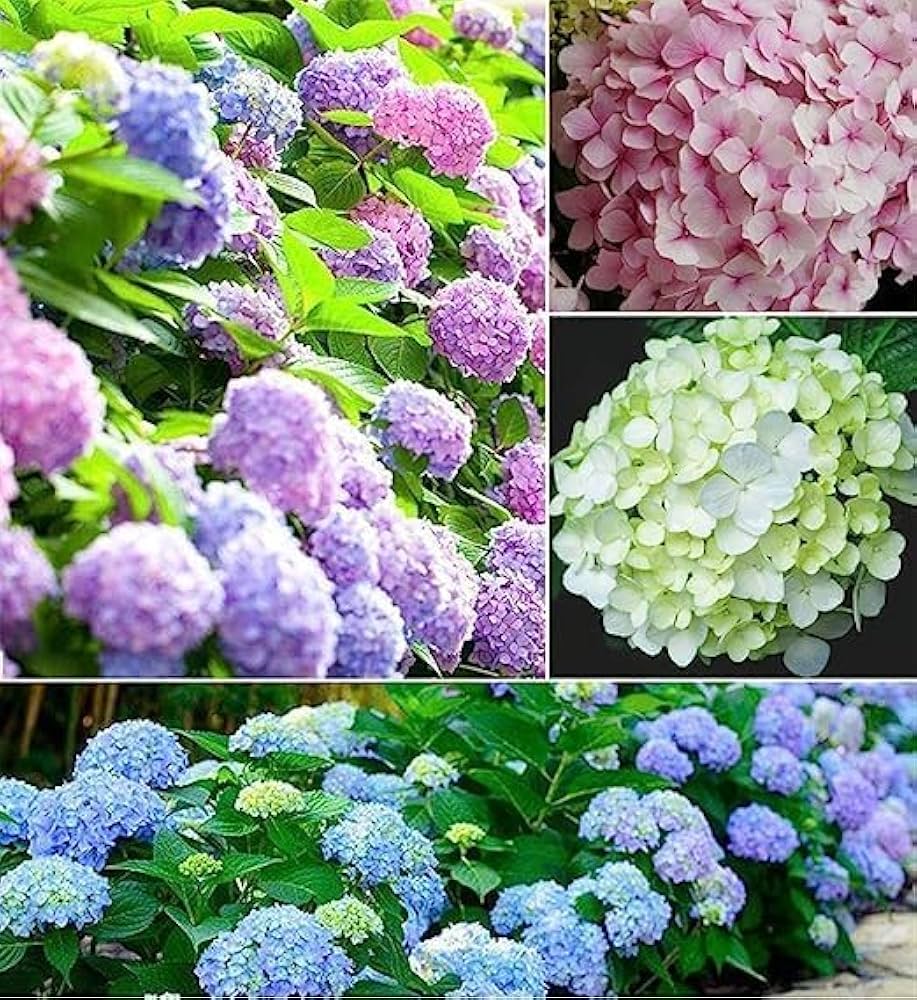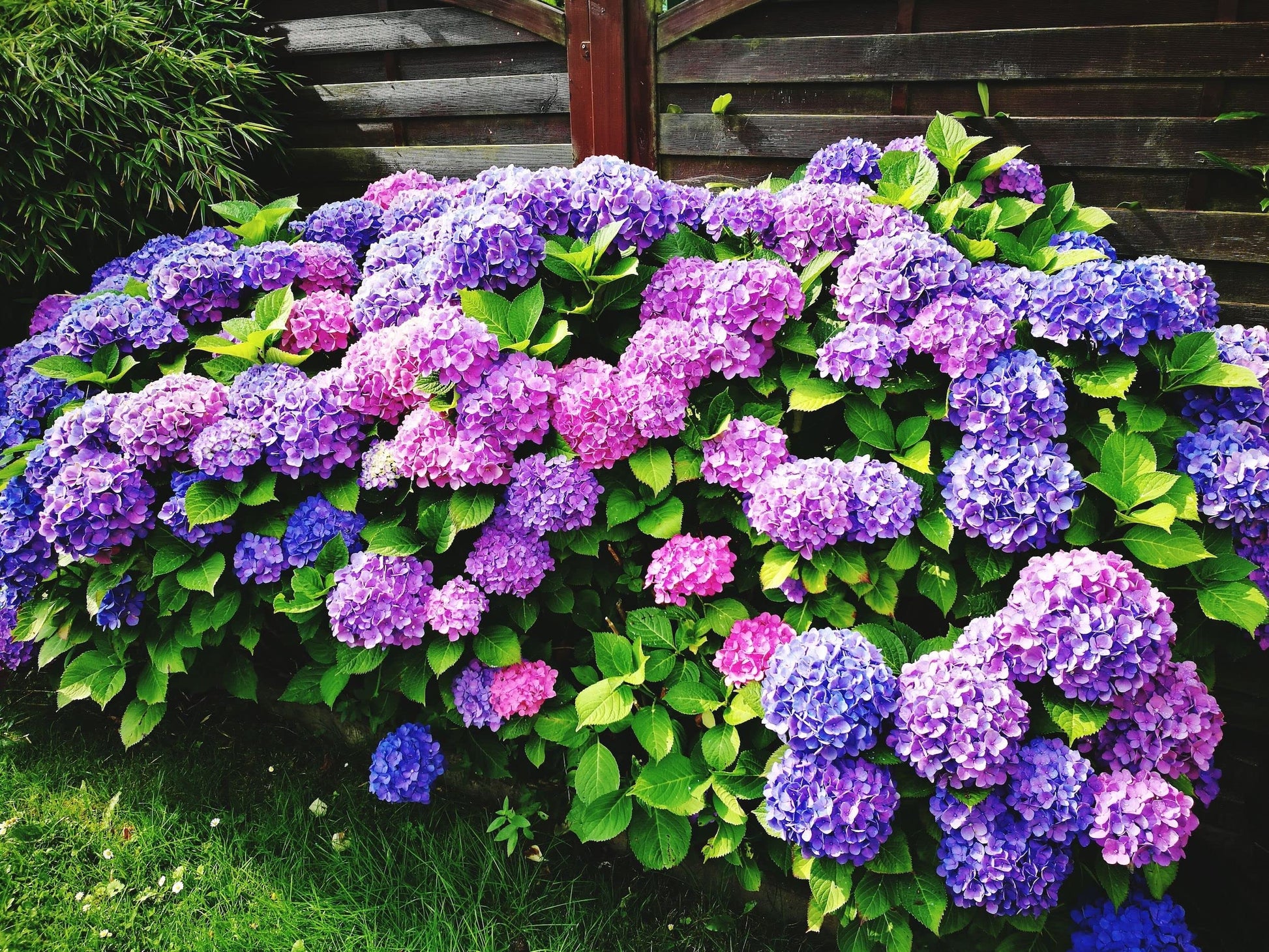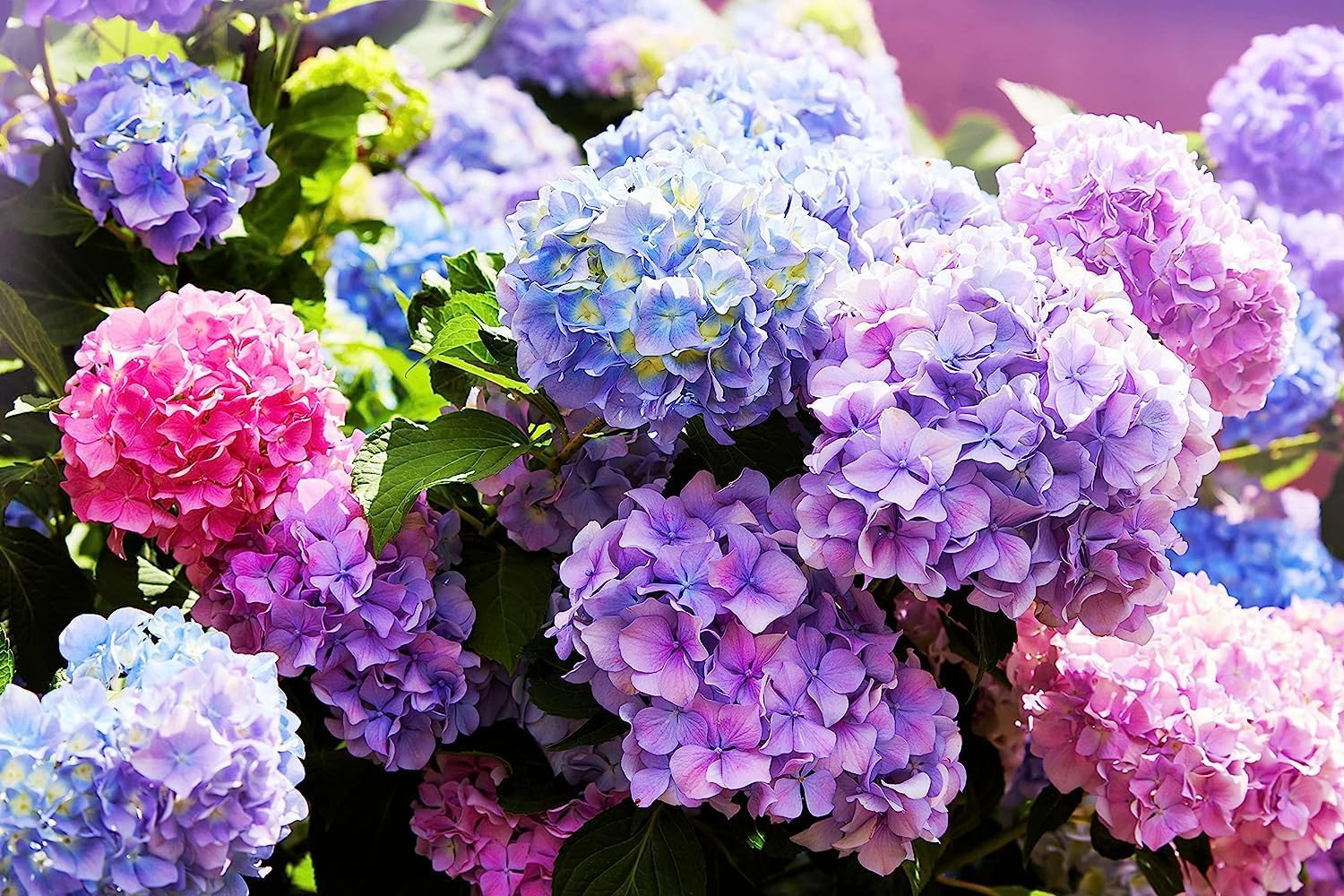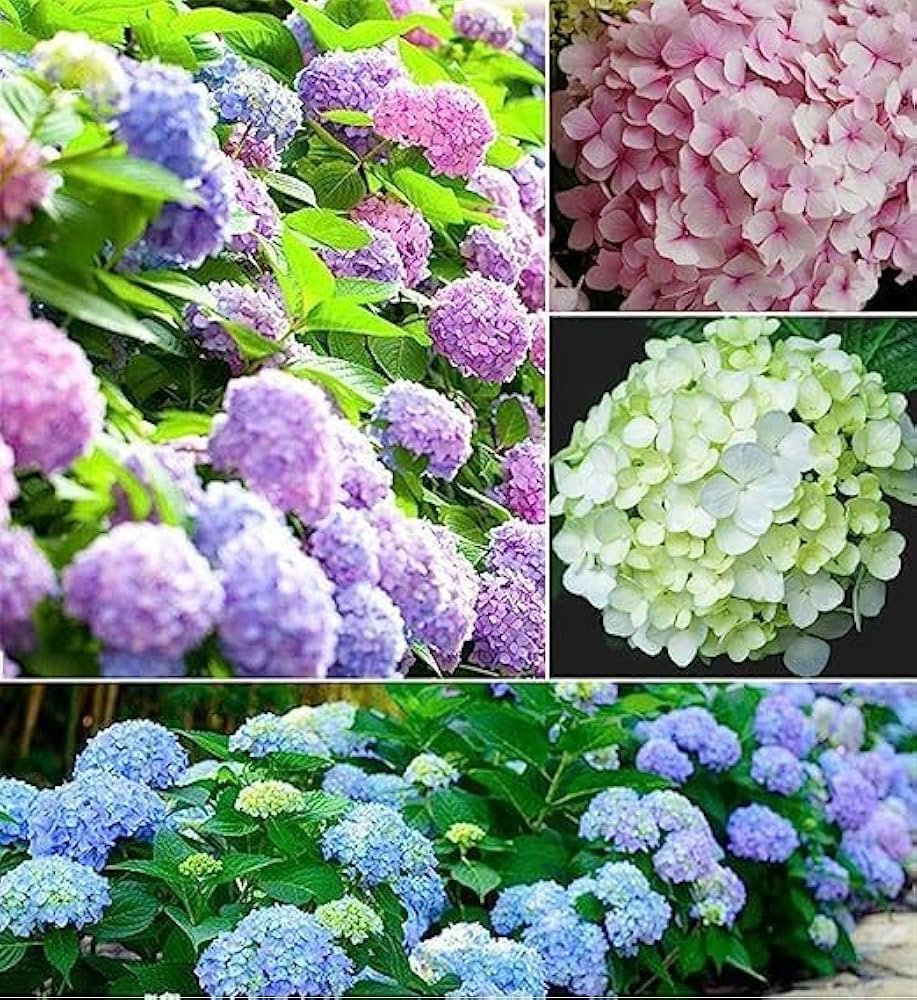Hydrangea Mixed Colors Flower Seeds for Home Garden
Couldn't load pickup availability
Description
Hydrangea Mixed Colors Flower Seeds for Home Garden
Characteristics and Uses of Hydrangea Mixed Colors Plants
Hydrangeas are renowned for their large, vibrant blooms that grace gardens with colors ranging from pink and blue to purple and white. These deciduous shrubs can grow up to 6 feet tall and wide, making them a striking addition to any garden. Beyond their aesthetic appeal, hydrangeas serve as excellent border plants, hedges, or focal points in landscape designs. Their lush foliage and abundant flowers also make them popular choices for cut flower arrangements.:contentReference[oaicite:0]{index=0}
Growing Conditions for Hydrangea Mixed Colors Plants
Hydrangeas thrive in well-draining, fertile soil enriched with organic matter. They prefer locations with morning sunlight and afternoon shade, as excessive sun exposure can lead to leaf scorch. The soil's pH level influences bloom color: acidic soils (pH below 6) yield blue flowers, while alkaline soils (pH above 7) produce pink blooms. Adjusting soil pH can help achieve desired flower colors. :contentReference[oaicite:1]{index=1}:contentReference[oaicite:2]{index=2}
Planting Tips for Hydrangea Mixed Colors
To cultivate hydrangeas from seeds, start by sowing them indoors in seed-starting trays filled with moist, well-draining potting mix. Sprinkle the tiny seeds on the soil surface without covering them, as they require light to germinate. Maintain a consistent temperature between 70-80°F (21-27°C) and keep the soil moist. Germination typically occurs within 14-30 days. Once seedlings develop two sets of true leaves, transplant them into individual pots. After the last frost, acclimate the young plants to outdoor conditions before planting them in the garden, spacing them at least 2 feet apart to ensure proper air circulation. :contentReference[oaicite:3]{index=3}:contentReference[oaicite:4]{index=4}
Watering Instructions and Tips
Hydrangeas require regular watering to maintain consistently moist soil, especially during their first growing season. Water deeply once or twice a week, depending on weather conditions, ensuring the soil remains moist but not waterlogged. Mulching around the base helps retain soil moisture and regulate temperature. Be cautious not to overwater, as this can lead to root rot. :contentReference[oaicite:5]{index=5}:contentReference[oaicite:6]{index=6}
Growing Zones
Hydrangeas are adaptable to USDA Hardiness Zones 3 through 9. In cooler zones, varieties like smooth hydrangeas (e.g., 'Annabelle') and panicle hydrangeas (e.g., 'Limelight') are more cold-hardy. In warmer zones, oakleaf hydrangeas (e.g., 'Ruby Slippers') perform well. It's essential to select a variety suited to your specific climate for optimal growth. :contentReference[oaicite:7]{index=7}:contentReference[oaicite:8]{index=8}
Key Benefits & Uses
- Enhances garden aesthetics with large, colorful blooms.
- Serves as excellent cut flowers for indoor arrangements.
- Provides privacy and structure when used as hedges or border plants.
- Attracts pollinators like bees and butterflies, promoting biodiversity.
Best Uses in the Garden & Landscape
- Plant along pathways or garden borders for a striking visual impact.
- Use as foundation plantings to soften building lines.
- Incorporate into mixed shrub beds for varied textures and colors.
- Grow in containers for patios or balconies to add a touch of elegance.
Conclusion
Cultivating hydrangeas from seeds is a rewarding endeavor that brings vibrant colors and lush foliage to your garden. By following proper planting and care guidelines, gardeners of all levels can enjoy the beauty these plants offer. bijaseeds, a big, trusted name in the seed world, offers a wide range of high-quality, non-GMO varieties to gardeners everywhere, ensuring you have access to the best seeds for your gardening projects.:contentReference[oaicite:9]{index=9}
FAQ
How long does it take for hydrangea seeds to germinate?
Hydrangea seeds typically germinate within 1to 30 days when provided with adequate light, consistent moisture, and temperatures between 70-80°F (21-27°C). :contentReference[oaicite:10]{index=10}:contentReference[oaicite:]{index=}
When is the best time to plant hydrangea seeds?
The ideal time to sow hydrangea seeds is in the spring, after the danger of frost has passed. Starting seeds indoors 6-8 weeks before the last expected frost date allows seedlings to establish before transplanting outdoors. :contentReference[oaicite:12]{index=12}:contentReference[oaicite:13]{index=13}
Are hydrangeas difficult to grow from seed?
Growing hydrangeas from seed requires patience and attention to detail, particularly due to the seeds' tiny size and specific germination needs. However, with proper care, including maintaining consistent moisture, providing adequate light, and ensuring suitable temperatures, gardeners can successfully cultivate hydrangeas from seeds. :contentReference[oaicite:14]{index=14}:contentReference[oaicite:15]{index=15}
